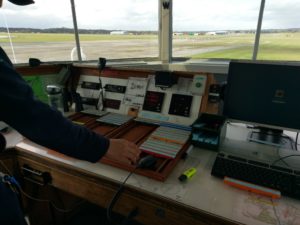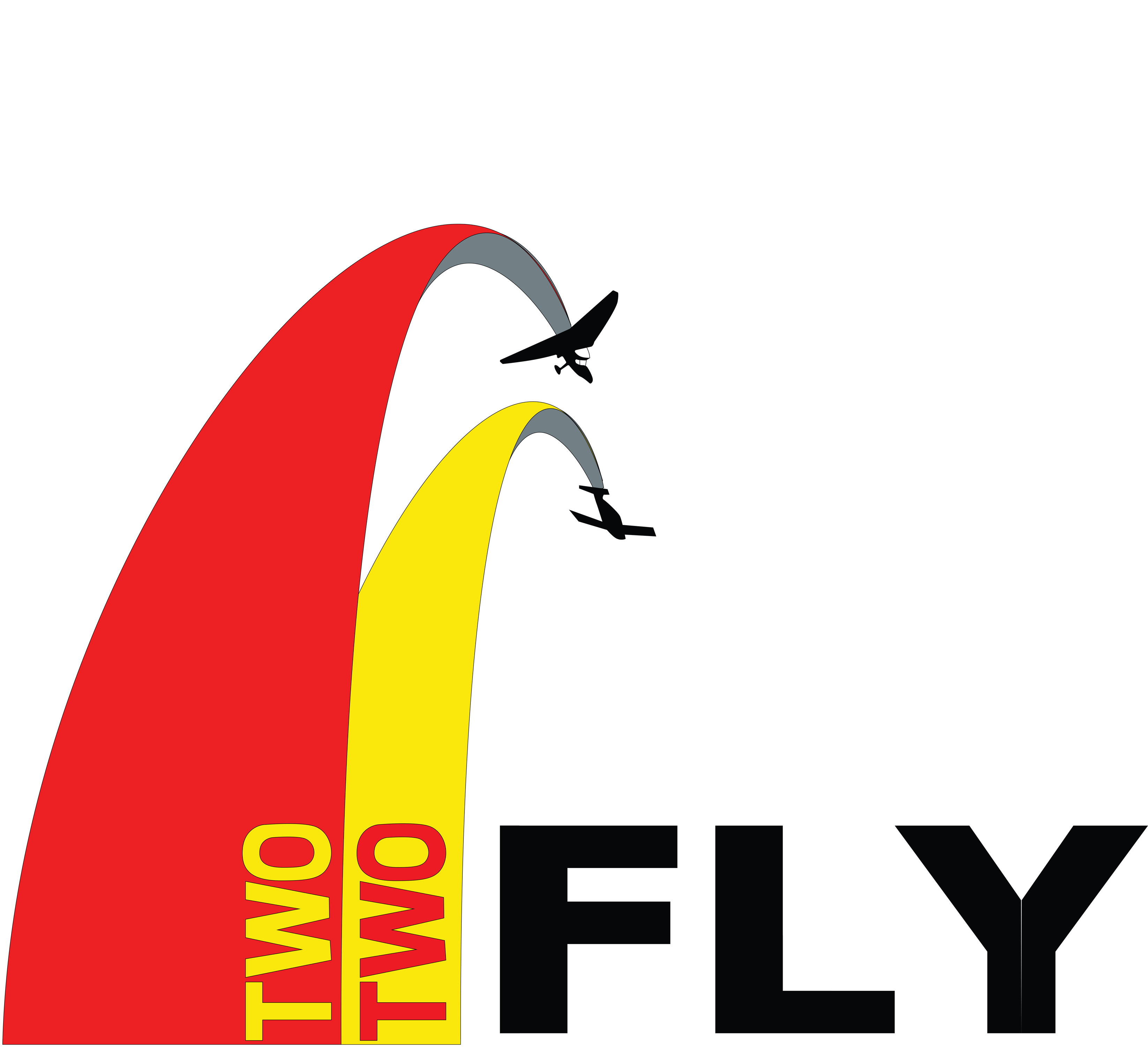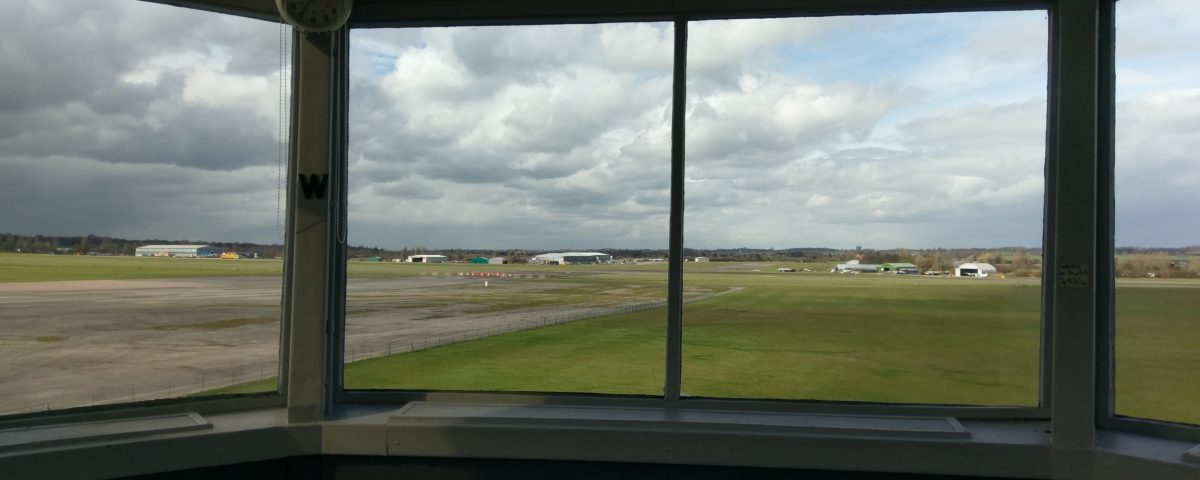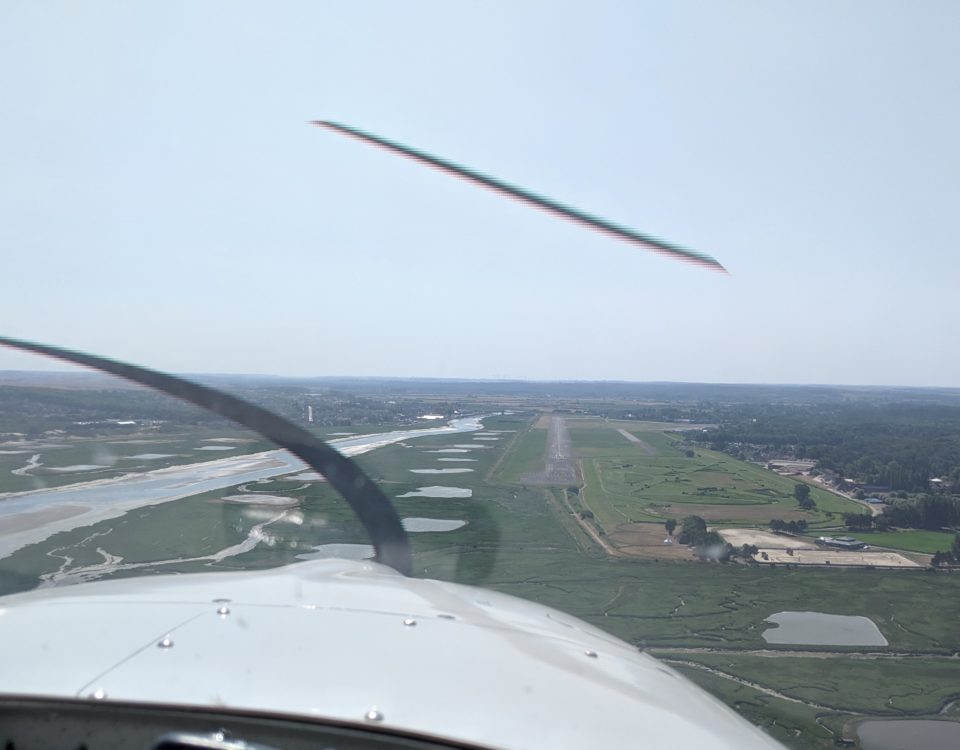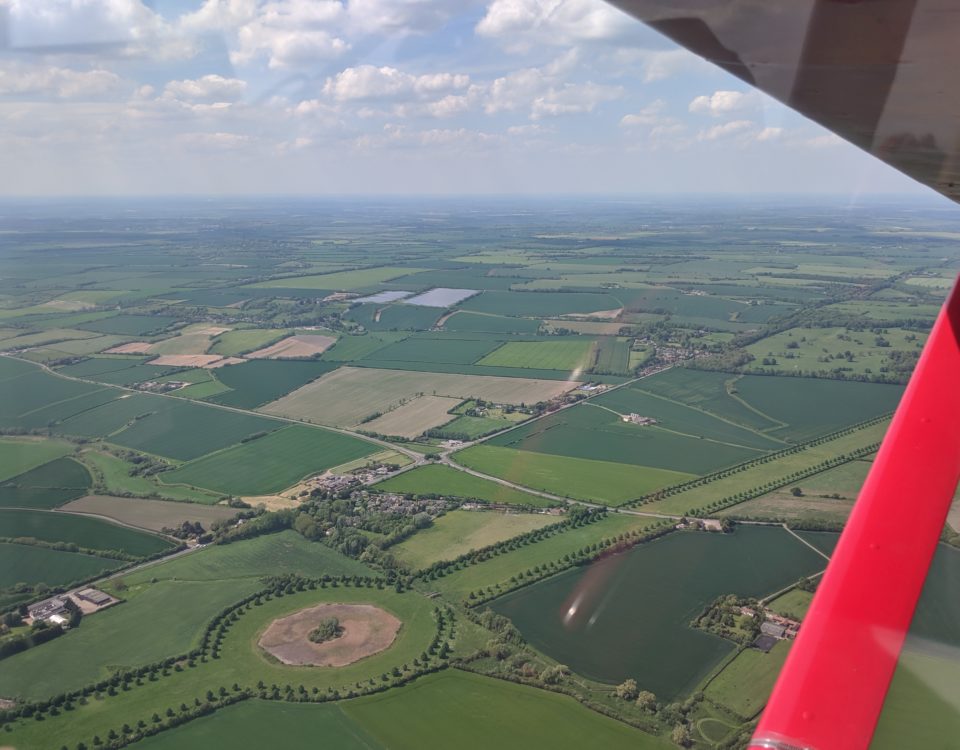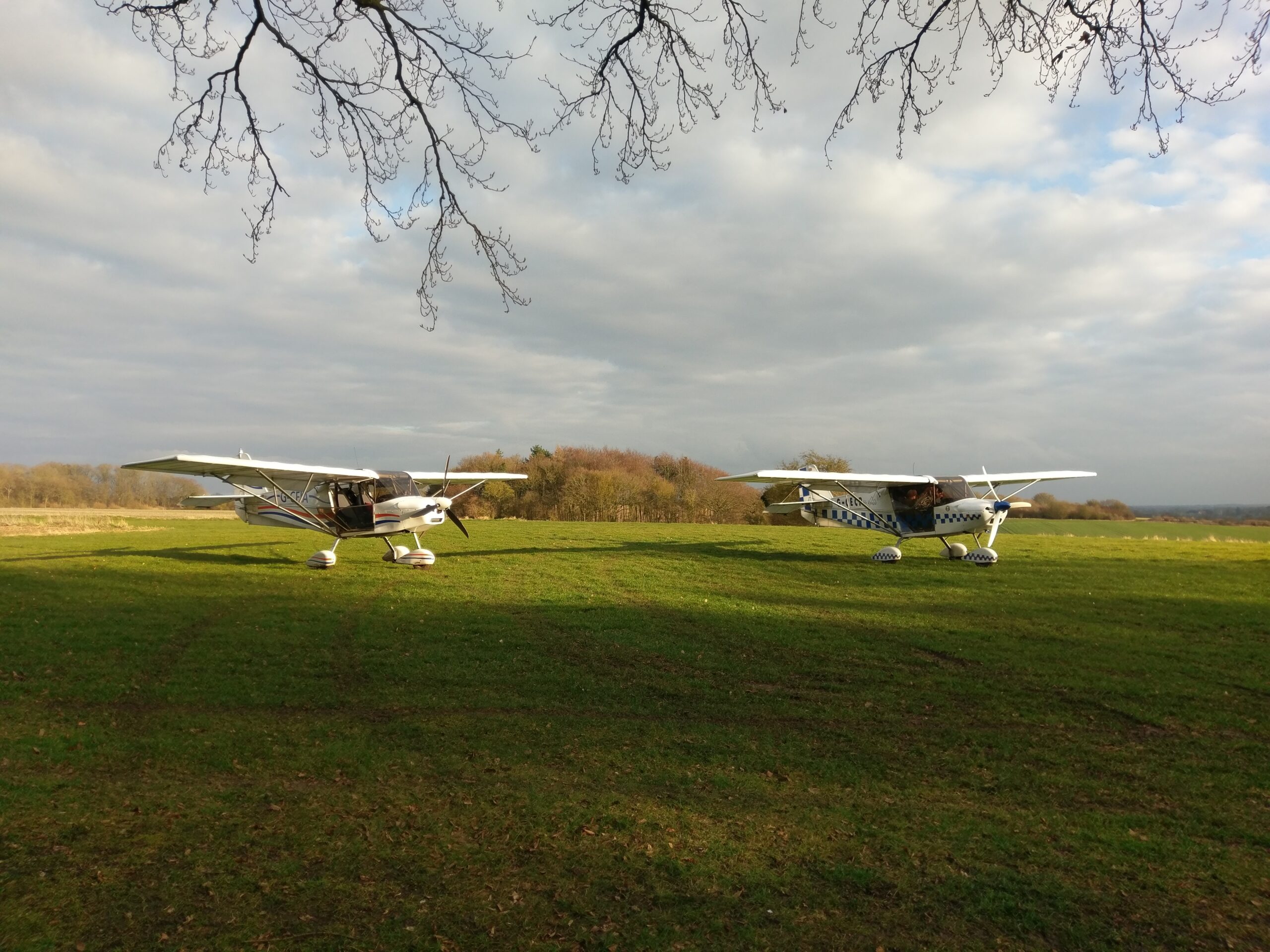
Getting flying once you’re licensed
May 4, 2018
Top Tips from a Trip
June 1, 2018The pilot on the telephone couldn’t see what I could. There were three planes stacking up for final, two more earlier in the circuit, one had just departed, another was warming up in the hold and a police helicopter had just taken off. I would have thought it was too busy for the air traffic controller to stay polite to a caller who didn’t want to accept he couldn’t fly in without an 833 radio.
This was a quiet day at North Weald, an airfield that hosts GA planes, microlights, vintage war birds, jets, air ambulances and police helicopters and has an authentic WWII officer’s mess as one of its canteens. The weather predictions were dire and the foretold storm was very visible on the horizon.
Watching what happens on the other end of your radio should be compulsory for every pilot. Suddenly you understand what air traffic is up against, when your call doesn’t follow the designated pattern, and they must ask for more information. It’s a wonder they manage to be friendly and cheerful at all!
When you first call up on the radio the plane’s registration gets written on a little slip of paper. The controller stands in front of a board moving these slips around, like an endless board game. The closer you are to landing, the closer he moves you in to the centre, so at a glance he can see who is coming in, and where they are in the circuit and in what order they should land. In front of him he has an electronic display that constantly shows the wind direction and the pressure, as well as flashing up the speed at which the wind is gusting. When it goes into double figures, he will give that to you, along with the QNH (departing) or QFE (landing).
North Weald is an Air Ground, so it can only advise, not instruct, but it is an ill-advised pilot who doesn’t listen. In the tower the controller gets an almost surround view of the airfield, with its two runways. I have heard the controller cheerfully tell a pilot who was insisting that no-one was ahead of him that he had a better view of the airfield and his aeroplane should stay right where it was. These guys are quick to spot a pilot who seems hesitant as to where he’s heading and reassure you and just as quick to shoo you off the runway when you are holding up proceedings.
Remember, they can see what you can’t. Read the Skyway Code again. They want to know who you are and what you want – your callsign, aircraft type and request, what you are doing – your point of departure and destination, where you are – position and altitude, and what you want. As my instructor always said, ‘Never be afraid of the radio. It’s there to help you. Talk to it.’

